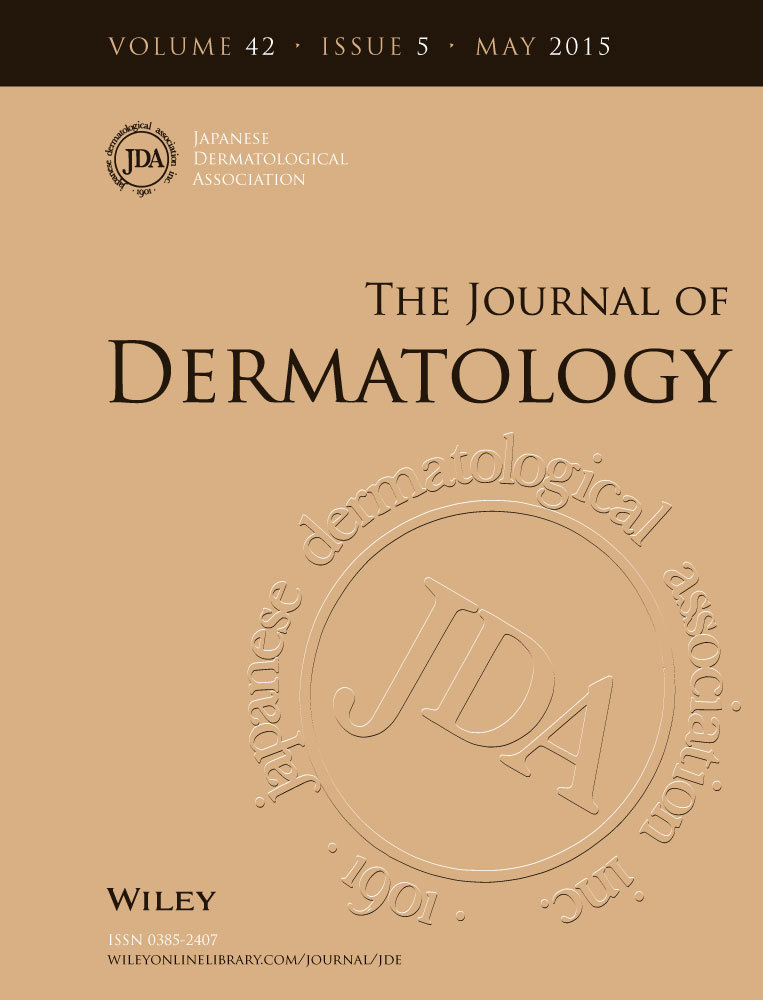Steatocystoma multiplex with hair shaft abnormalities
Abstract
Steatocystoma multiplex (SM) is an unusual benign disorder of the pilosebaceous duct characterized by multiple cysts with little or no nail and hair involvement. We report a 30-year-old woman with multiple cystic nodules located on the neck, axillae and forearms as well as patchy scalp alopecia. Histopathological examination of the lesions was diagnostic of SM. Trichoscopy revealed pili torti and pili canaliculi. This patient represents an unusual clinical presentation of SM because of the presence of hair abnormalities.




